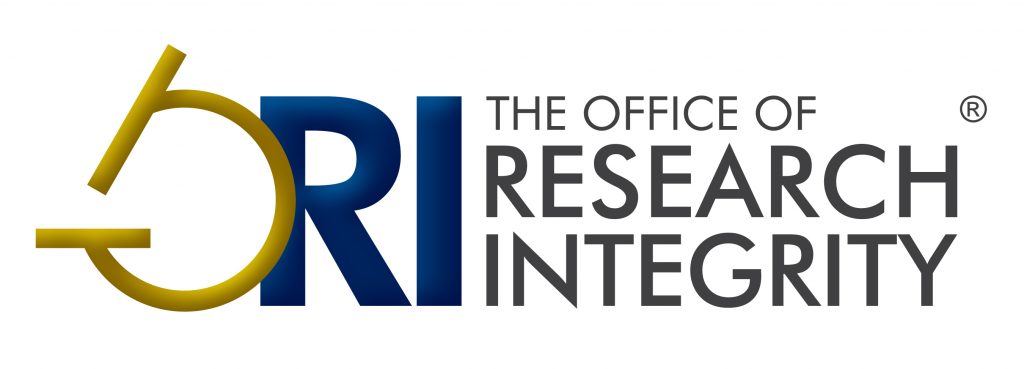
A cancer researcher faked a dozen images in three papers and a conference presentation while employed at Harvard teaching hospitals, according to a new report by a federal U.S. watchdog.
The Office of Research Integrity (ORI) found that David Panka
engaged in research misconduct by intentionally, knowingly, and/or recklessly falsifying and/or fabricating Western blot images by selectively cutting, flipping, reordering, and reusing the same source images or non-correlated images to represent different results
One of the papers in question was retracted on October 15 of last year. As we reported then, research from the lab of James Mier, where Panka worked, had been under scrutiny at PubPeer for five years:
The pseudonymous whistleblower Clare Francis sent Gretchen Brodnicki, Harvard Medical School’s dean for faculty and research integrity, an email about those comments on Sept. 27, 2014, and on July 24 of this year [2019], Brodnicki asked Francis to resend that email.
Panka, whose work was funded by the National Cancer Institute, worked at Harvard’s Beth Israel Deaconess Medical Center for more than 20 years, according to his LinkedIn profile.
He agreed to have his federally funded research supervised for three years, and to correct or retract the conference presentation and two yet-to-be retracted papers, both in Molecular Cancer. Those two papers were cited a total of 31 times, according to Clarivate Analytics’ Web of Science.
Another paper by Panka not mentioned by the ORI has been the subject of an expression of concern since last year.
Like Retraction Watch? You can make a tax-deductible contribution to support our work, follow us on Twitter, like us on Facebook, add us to your RSS reader, or subscribe to our daily digest. If you find a retraction that’s not in our database, you can let us know here. For comments or feedback, email us at [email protected].
Only a dozen? Total underperformer.
“He agreed to have his federally funded research supervised for three years, and to correct or retract the conference presentation and two yet-to-be retracted papers . . . ”
If that’s all that happens when you commit major misconduct (ie fraud) in research that might have real world consequences then there’s no real hope that this kind of behavior will end. If the consequences were more than just a slap on the wrist perhaps more researchers would think twice before fraudulently manipulating their images/data.
Should have been banned from all research for those three years besides having the paper(s) retracted. Then he might realize the seriousness of his actions.
The individual convicted of committing fraud appears to be of retirement age, so this wont hurt him any. At this time, crime pays in science. The only way this will change is if there are strong financial and employment repercussions for the people above him: rescinding of tenure, cutting pay would be helpful in changing the culture in academia, where faculty are often asleep at the wheel. I have suggested corporeal punishment (caning) for the most serious offenders (eg Piero Anversa).
When are universities/research institutes going to insist on more honesty and less grant income? They understand that more honesty will mean less grant money. They are universities and research institutes after all.
WOW. So much misconduct. So much waste of tax payer funds. So much self-enrichment. Yet, such weak consequences. Fraud pays, even if you are caught.
2021 retraction for:
Mol Cancer . 2013 Mar 5;12:17. doi: 10.1186/1476-4598-12-17.
Effects of HDM2 antagonism on sunitinib resistance, p53 activation, SDF-1 induction, and tumor infiltration by CD11b+/Gr-1+ myeloid derived suppressor cells
David J Panka 1, Qingjun Liu, Andrew K Geissler, James W Mier
Affiliation
1Division of Hematology-Oncology, Beth Israel Deaconess Medical Center and Harvard Medical School, Boston, MA, USA. [email protected]
PMID: 23497256 PMCID: PMC3637597 DOI: 10.1186/1476-4598-12-17
Retraction Note to: Mol Cancer 12, 17 (2013)
https://doi.org/10.1186/1476-4598-12-17
The Editor-in-Chief has retracted this article after an investigation by Harvard Medical School and Beth Israel Deaconess Medical Center and additional analysis by the Office of Research Integrity found:
Reuse and relabelling of the same source bands to falsely represent different experimental results in Figure 1 (reuse of the bands in the fourth to fifth lanes of the second row representing noxa expression in the control group of A498 cell type, to falsely represent noxa expression in the sunitinib resistant group of A498 cells in the same figure, eleventh to twelfth lanes of the second row)
Reuse and relabelling of the same source bands to falsely represent different experimental results in Figure 1 (reuse of the band in the eighth lane of the second row representing noxa expression in the third sample of the sunitinib responding group, to falsely represent noxa expression in the fifth sample of the sunitinib responding group in the same figure, tenth lane of the second row
Reuse and relabelling of the same source bands to falsely represent different experimental results in Figure 6B (first two lanes of the bottom row representing vinculin expression in control group, and eleventh and twelfth lanes of the bottom row representing vinculin expression in dox + sunitinib group)
Andrew K Geissler and James W Mier agree with this retraction, David J Panka does not agree with this retraction. The Editor-in-Chief has not been able to find a current email address for Qingjun Liu.